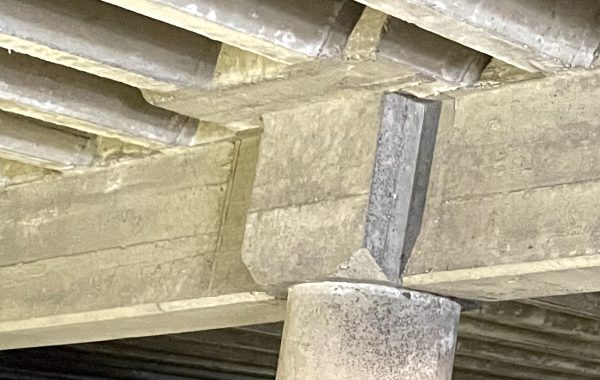Some structural forms are more efficient than others. For example, roof trusses tend to be deep (vertically) relative to their spans. Trusses can be examined at two scales: at a small scale, member by member and connection by connection, or at the overall scale, where they are analogues of beams. It’s at the overall scale where a roof truss might have a depth of one-third of its span, while a beam might have a depth of one-tenth to one-twentieth of its span.
Another view from my London trip:
That’s a train station roof, old enough that it’s probably wrought iron rather than steel. The gable trusses are so efficient that the individual truss members are roughly the same size as the window mullions. The column-to-column trusses that support the gable trusses have much heavier members, but that’s more the result of their higher-span-to-depth ratio than it is the fact that they are more heavier loaded. In other words, truss geometry is more important than loading or span in determining how efficient a truss is.




You must be logged in to post a comment.